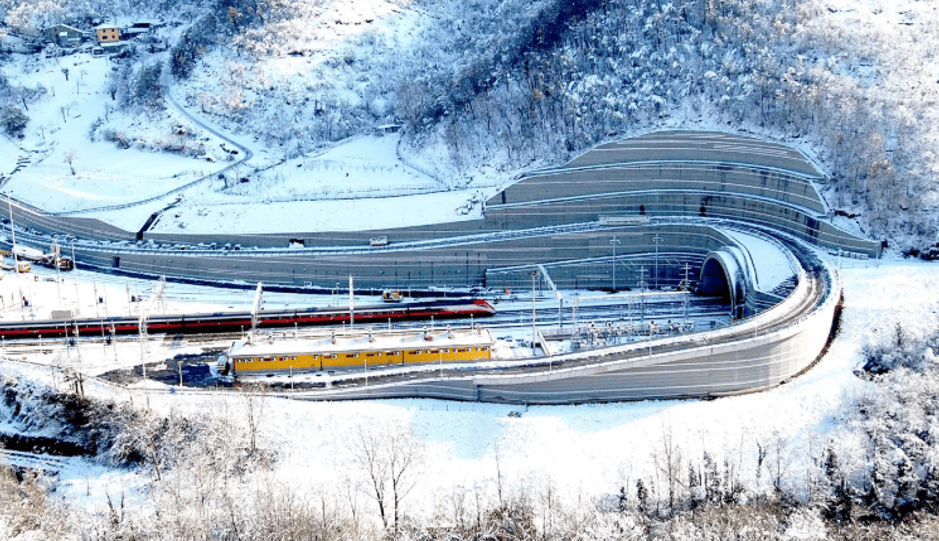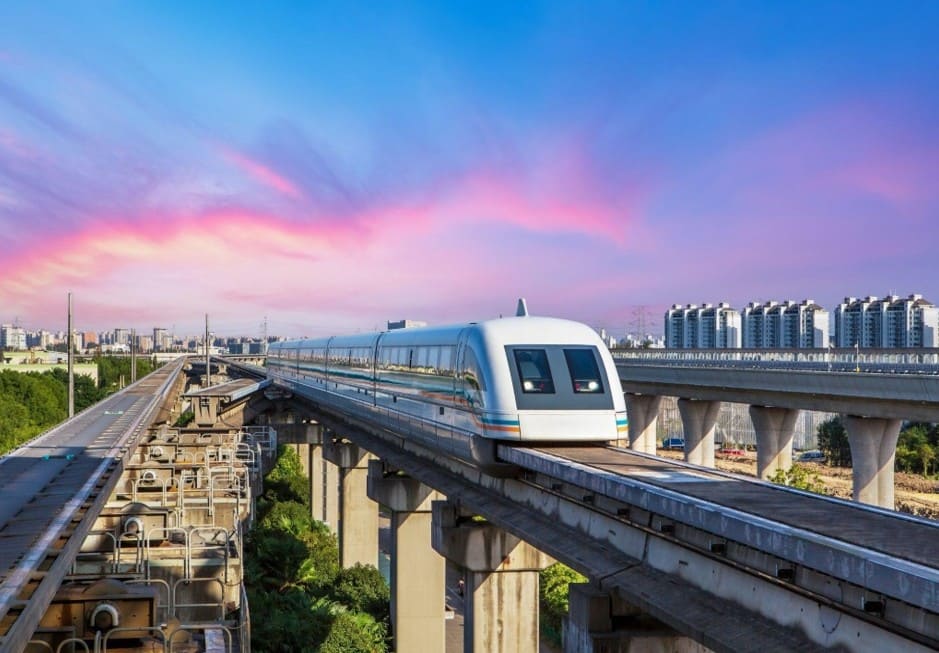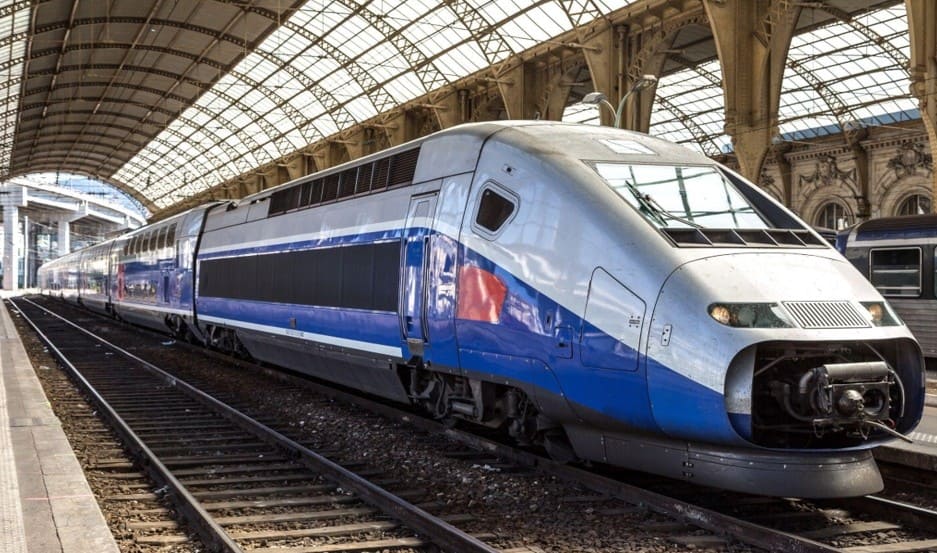High-speed rail lines and trains so fast they seem to fly: in recent decades, rail networks have made huge strides, achieving results that were once unimaginable.
Here are some of the most impressive outcomes of innovation in the field of high-speed rail lines.
1. Bologna – Florence High-Speed Railway Line (Italy): A Hightly Connected Urban Area
The Bologna–Florence high-speed railway line (Italy), constructed by Webuild through the CAVET Consortium, is one of the most complex engineering projects in Europe.
Stretching 79 km, with over 90% of the route in tunnels, it crosses the Tuscan-Emilian Apennines using cutting-edge technical solutions. Completed in 2009, it has reduced travel times to under 40 minutes, connecting two key cities into a highly connected urban area.
2. Shanghai Maglev (China), the First Magnetic Levitation High-Speed Train
The Shanghai Maglev is the world’s first commercial magnetic levitation train and an icon of innovation in rail transport.
Thanks to a system that eliminates contact with the tracks, this Maglev train reaches speeds of up to 460 km/h, offering a smooth and silent travel experience. The magnetic train connects Pudong Airport to the city center in just seven and a half minutes, covering about 30 km at a speed unimaginable for traditional trains.
3. TGV (France): High-Speed Rail Exported Worldwide
Alongside China, France is one of the leading countries in high-speed rail transport, with extensive experience gained thanks to the TGV.
As early as 2007, the French train reached nearly 580 km/h on conventional tracks, setting a world record. French railway technology, a pioneer in the sector, has been exported to countries such as South Korea, Taiwan, and Morocco, expanding the global impact of the TGV model.
4. Shinkansen (Japan), the Japanese Bullet Train
Japan is a pioneer in high-speed railway, thanks to the introduction of the Shinkansen in 1964.
The fastest Japanese train still holds the record for the best balance between speed, capacity, and safety. The most advanced example is the E5 “Bullet Train,” which reaches speeds of over 320 km/h thanks to electric induction motors and an ultralight aluminum alloy structure, supported by an active suspension system.
5. InterCity Express ICE3 (Germany), the High-Speed “White Worm”
The ICE (InterCity Express) trains represent German high-speed rail, with an extensive network and international connections. The fastest model, the ICE3 – known as the “White Worm” – can reach speeds of up to 330 km/h.
It connects cities like Cologne and Frankfurt in just 62 minutes, drastically reducing travel times.
6. Al Boraq (Morocco), the First African High-Speed Train
Introduced in 2018, the Al Boraq train is the first high-speed train on the African continent, connecting the port cities of Tangier and Casablanca. Its name refers to a figure from Islamic mythology, symbolizing speed and travel.
Based on French TGV technology, the Morocco high-speed rail covers over 1,500 km and is part of a broader project to modernize Morocco’s railway network, bringing the experience of high-speed rail to Africa.






